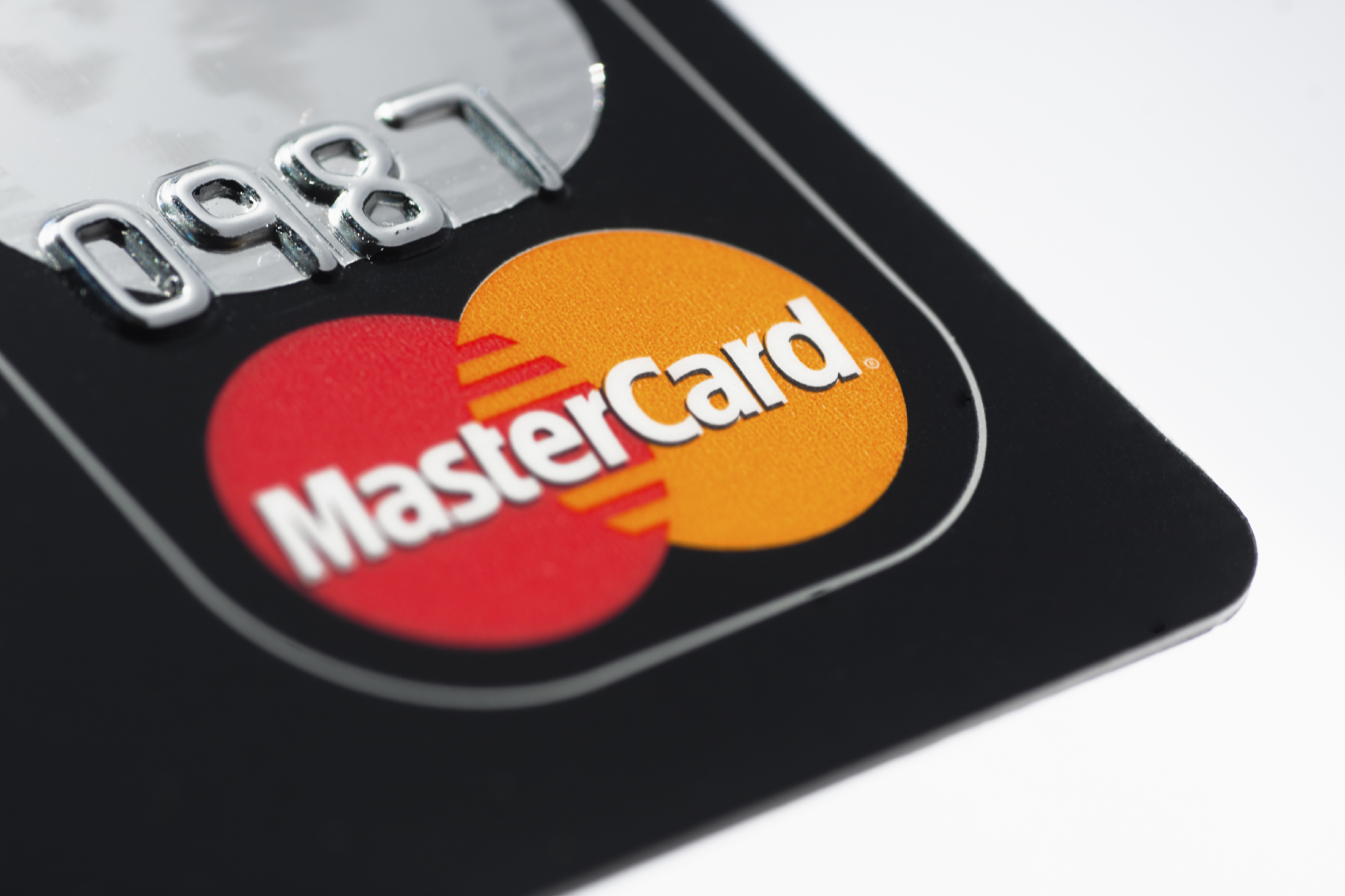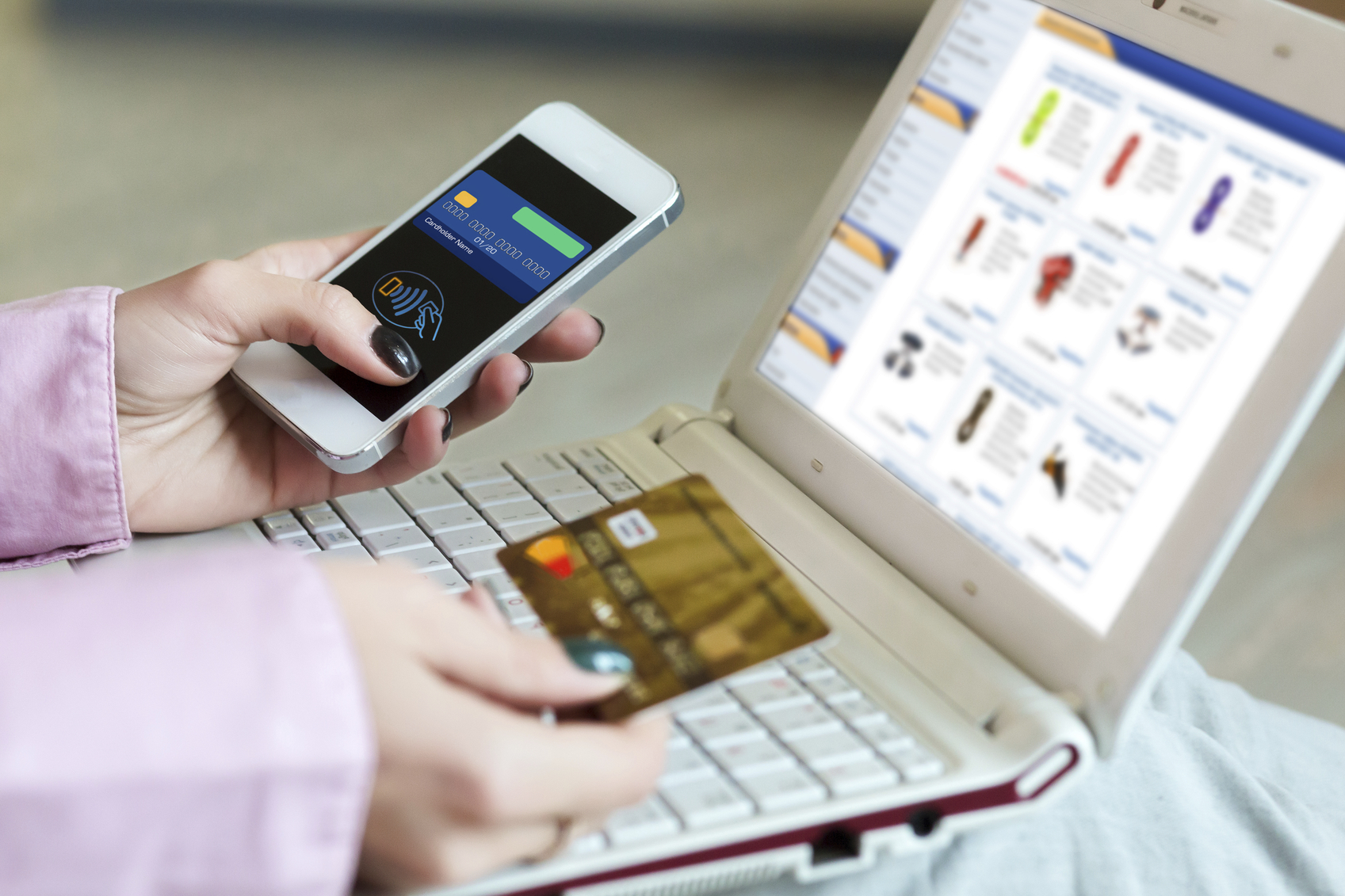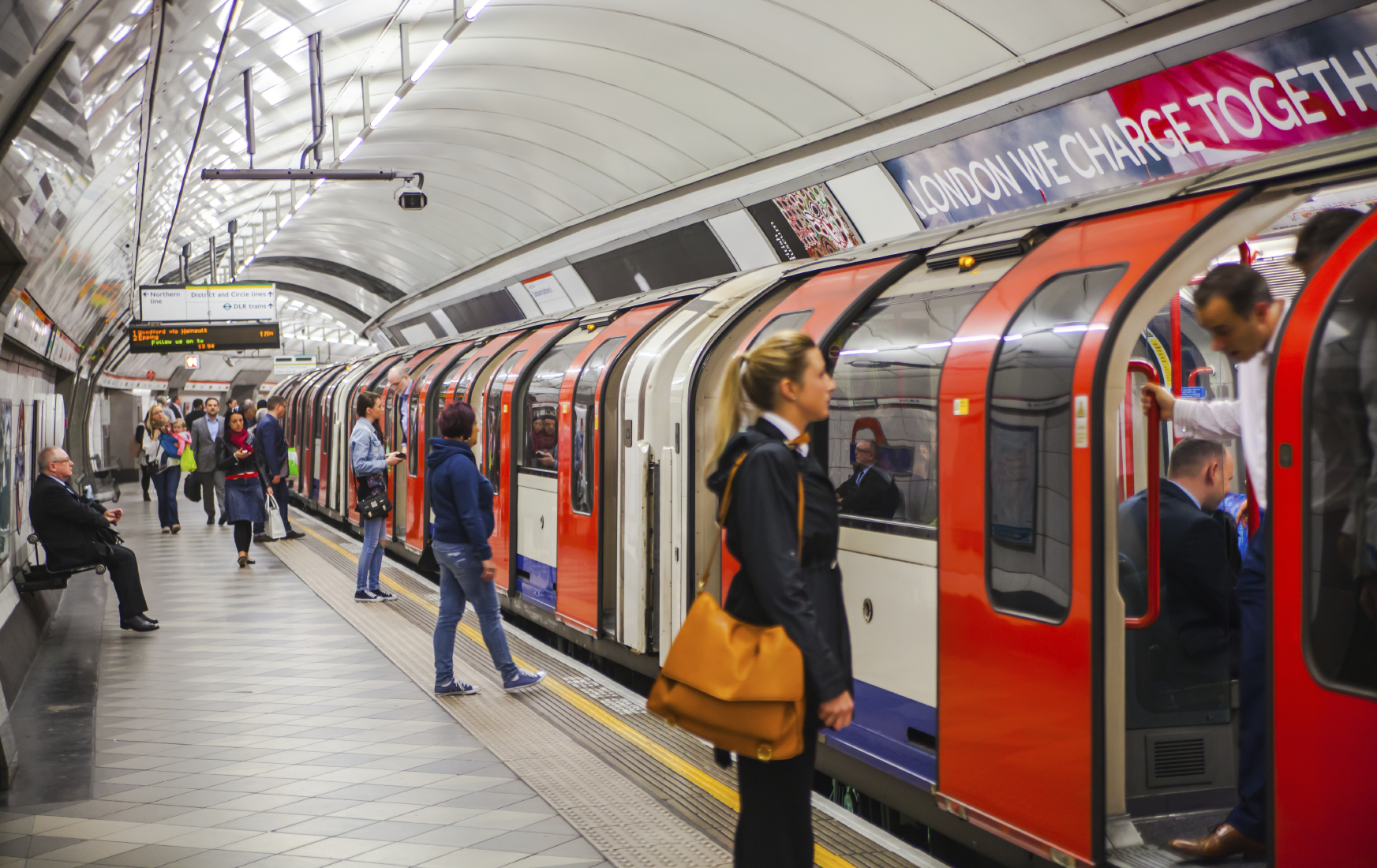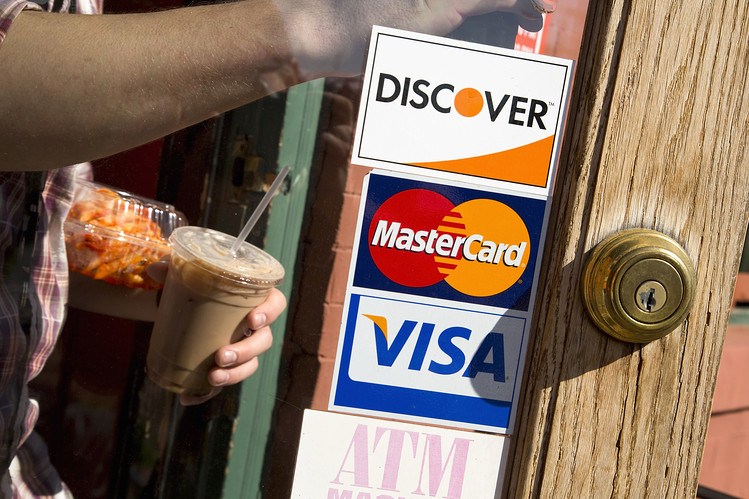What Happened
Mastercard is testing a new kind of payment cards integrated with fingerprint sensors for authentication. Instead of putting in your PIN or hastily signing the receipts to complete purchases, you simply press your thumb on the card to prove the transaction. Mastercard is currently testing this new biometric card in South Africa, and plans to roll it out worldwide later this year. Users will need to go to an enrollment center (usually a bank) to have their fingerprints taken in order to use this type of cards.
One thing to note is that this type of biometric authentication only works with the new chip-and-pin cards, which has been gaining momentum in the U.S. thanks to regulatory changes in the past two years that pushed merchants and banks to upgrade from the magnetic stripe cards and swipe-only POS terminals.
What Brands Need To Do
Mastercard has been exploring the integration of biometric technology in payment authentication for a while now. Previously, the credit card company also tested a mobile payment method that is authenticated by taking a selfie. Other brands, especially those in retail and financial services, should take notes and start thinking about how to upgrade their security and authentication process by using new biometric technologies to provide a smoother user experience.
Source: Engadget





